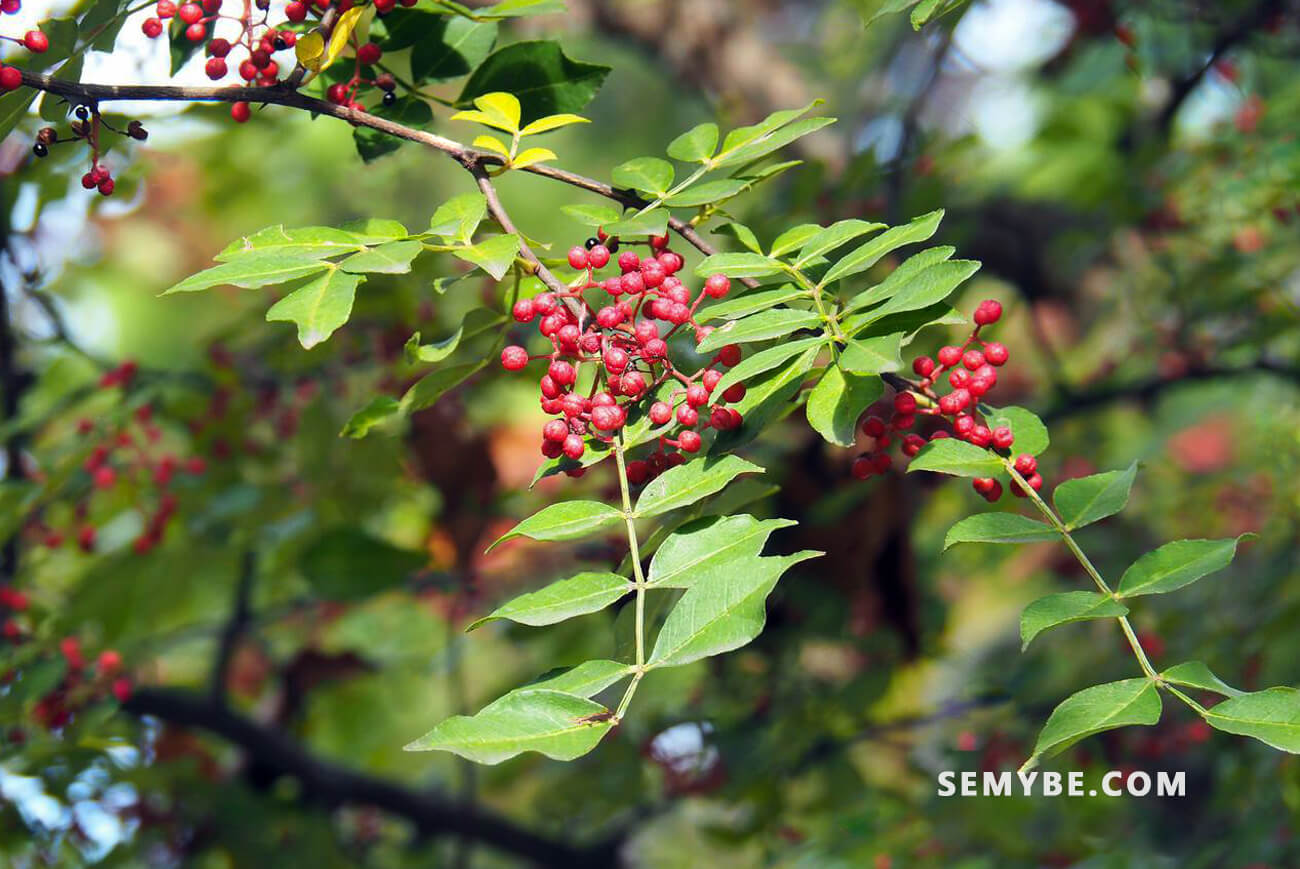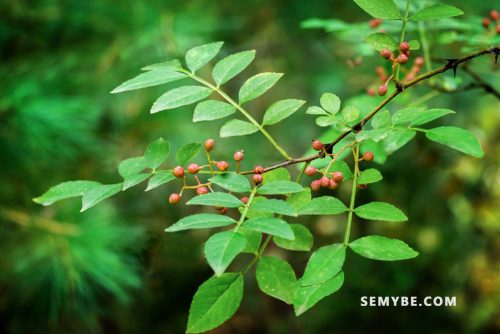
Zanthoxylum Americanum
1. History and use
Spicy wood, which prefers dark, damp places such as forests, is native to the northern United southern States and Canada. It breeds spontaneously in autumn. Its bark is picked in spring and its berries in summer.
2. Description of the plant
ORIGINAL FROM NORTH AMERICA, prickly wood stimulates circulation, Native Americans attributed many medicinal properties to it, chewing bark and berries to relieve rheumatism and toothache in case of arthritis and rheumatic diseases, but also in cases of digestive disorders and leg ulcers.

3. Curative action
- North America
Native Americans healed their toothache and rheumatism with spicy wood In the United States, in the 19th century, it served to stimulate circulation and heal arthritis Its bark appeared in the United States Pharmacopoeia from 1820 to 1926
- Arthritis
In the West, it is prescribed by the In phytotherapists in case of rheumatism and arthritis Il stimulates the blood flow, therefore the supply of oxygen and fresh blood, in the joints painful and stiffened, and eliminates waste.
- Circulation
Spicy wood improves circulation in case of transient claudication and Raynaud’s disease (the arteries of the limbs become narrower and the muscles of the hands or legs are poorly irrigated).
- Other Uses
It heals bloating, flatulence and diarrhea, and facilitates digestion It is applied to leg ulcers and chronic pelvic inflammations.
4. Uses
Bark tincture In case of arthritis drink 20 drops diluted in water, 3 times a day.
Decoction In case of circulatory disorders dilute 3 tablespoons of ginger and boiling wood berries in 750 ml of water. Drink 3 cups a day.




